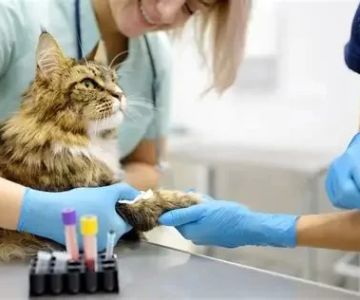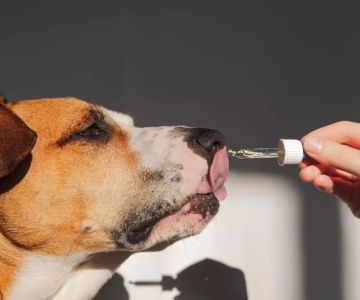- 2-preparation-before-introducing-pets
- 4-common-challenges-and-how-to-handle-them
1. Importance of Safe Socialization
When introducing a dog to cats and other pets, safety and patience are paramount. Socializing your dog with cats and other pets safely helps prevent stress, fear, or aggression, ensuring a peaceful and happy multi-pet household. Proper socialization promotes positive relationships, reduces anxiety, and fosters harmony among your pets.
By learning how to socialize a dog with cats and other pets safely, owners can avoid common pitfalls and create an environment where all animals feel secure and respected.
1.1 Benefits of Early and Controlled Socialization
Dogs and other pets that are socialized early and correctly tend to adjust better to new companions. This reduces the risk of behavioral problems and increases the likelihood of lifelong friendships between pets.
2. Preparation Before Introducing Pets
Before making introductions, it’s essential to prepare both your dog and the other pets. This includes:
2.1 Understanding Each Pet’s Personality
Assess the temperament of your dog and other pets. Some dogs have strong prey drives or high energy levels that may require special management.
2.2 Safe Space Setup
Create controlled environments where pets can meet gradually, such as using baby gates or crates to allow visual contact without physical interaction initially.
2.3 Training Basic Commands
Teach your dog commands like “sit,” “stay,” and “leave it” to maintain control during introductions.
3. Step-by-Step Guide to Socialize Dog with Cats and Other Pets
Following a gradual, structured process helps reduce stress and build positive associations:
3.1 Initial Scent Exchange
Before any face-to-face meeting, swap bedding or toys so pets become familiar with each other’s scents.
3.2 Controlled Visual Introduction
Allow pets to see each other through a barrier while rewarding calm behavior with treats and praise.
3.3 Supervised Physical Introduction
Under close supervision, allow brief physical interactions on neutral ground, gradually increasing duration as pets become more comfortable.
3.4 Monitoring and Patience
Carefully observe body language to prevent conflicts and take breaks if needed. Progress may be slow, and that’s perfectly normal.
4. Common Challenges and How to Handle Them
Even with careful planning, some difficulties can arise, such as:
4.1 Aggression or Fear
If a pet shows signs of aggression or fear, separate them immediately and consult a professional trainer or veterinarian for advice.
4.2 Territorial Behavior
Pets may become territorial, especially in shared spaces. Managing access and providing separate resources like food bowls and resting areas can ease tension.
5. Real-Life Example of Successful Socialization
Consider Luna, a rescue dog with a strong prey drive, introduced cautiously to her owner’s two cats. Through scent swapping, gradual visual meetings, and positive reinforcement over several weeks, Luna learned to coexist peacefully. Her owner’s patience and consistent approach proved invaluable, showcasing that even challenging personalities can harmonize.
6. Professional Support from Hidden Brook Veterinary
If you’re unsure about how to socialize a dog with cats and other pets safely, seeking expert help can make a significant difference. Hidden Brook Veterinary offers comprehensive guidance and support, from behavioral consultations to tailored socialization plans designed specifically for your pets.
With professional advice, you can confidently foster a safe, happy environment for your multi-pet household. Explore Hidden Brook Veterinary’s resources and services to get started on the right path toward successful pet socialization today.











